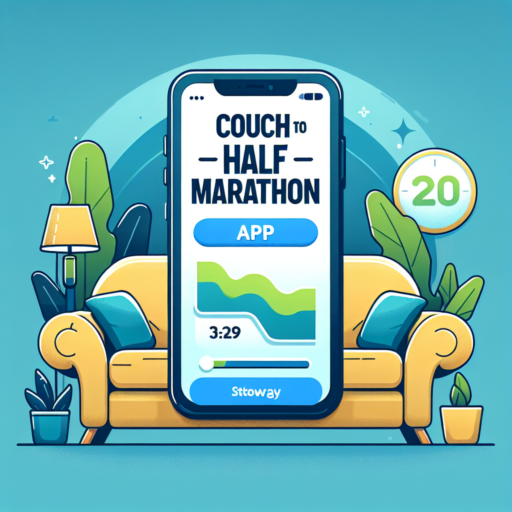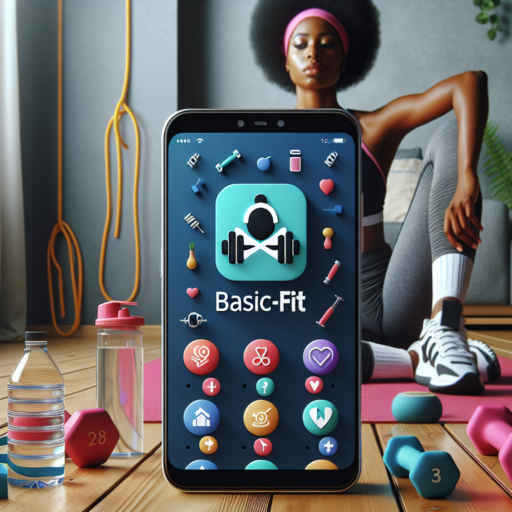How long does it take to go from couch to half marathon?
Transitioning from a sedentary lifestyle to running a half marathon is an admirable but challenging goal. The timeline for going from the couch to completing a 21-kilometer race can vary greatly depending on several key factors. Most beginner training plans suggest a timeframe of 12 to 20 weeks of consistent training. This time allows you to gradually increase your running distance and improve your endurance while minimizing the risk of injury.
For many aspiring runners, the journey begins with building a base level of fitness. This may involve starting with walking, progressing to a mix of walking and jogging, and eventually to running continuously. It’s crucial to listen to your body during this period, giving yourself rest when needed and avoiding the temptation to increase mileage too quickly. A general rule of thumb is to not increase your weekly running distance by more than 10% from week to week.
Components of a Successful Half Marathon Training Plan
- Consistency: Regular runs are more beneficial than sporadic, longer runs.
- Rest days: Essential for recovery and preventing injuries.
- Cross-training: Activities like cycling or swimming can improve overall fitness without extra impact on your joints.
- Gradual mileage increase: A steady increase in distance prepares your body for the demands of a half marathon.
Ultimately, the exact timeframe from couch to half marathon will depend on your current fitness level, your commitment to training, and any prior running experience. A personalized training plan, possibly developed with the assistance of a running coach or a more experienced runner, can provide a roadmap tailored to your specific needs and goals. Remember, the journey to a half marathon is as much about the process as it is about the finish line.
No se han encontrado productos.
How do I build up to a half marathon from nothing?
Starting your journey to run a half marathon from scratch can feel overwhelming, yet with the right approach, it’s an entirely achievable goal. The key is to start slow, build a solid foundation, and gradually increase your mileage. Patience, consistency, and the right training plan are your best allies in this challenge.
Creating a Solid Training Foundation
Before you even mark the date of your half marathon on the calendar, start by establishing a regular running habit. Begin with short, manageable runs or even walking intervals. Aim for 20-30 minutes of continuous movement, three times a week. This baseline activity level sets the stage for more intensive training down the line. It’s not about speed or distance at this stage; it’s about building endurance and getting your body accustomed to regular running.
Gradually Increasing Mileage
Once you’ve established a consistent running routine, the next step is to gradually increase your mileage. A safe guideline is to increase your weekly mileage by no more than 10%. This slow ramp-up is crucial to avoid injury and to allow your body to adapt to the increased demands. Incorporating one long run each week into your schedule will help you build the stamina needed for a half marathon. Remember, recovery days are essential; they allow your muscles to heal and grow stronger.
Can I go from couch to half marathon in 8 weeks?
Embarking on the journey from couch to half marathon in 8 weeks is a challenge that requires dedication, smart training, and a tailored approach to your running routine. It’s vital to understand that while it’s ambitious, it’s also achievable with the right plan and mindset. The key is to start gradually, allowing your body the time it needs to adapt to the new demands you’re placing on it without succumbing to injury or burnout.
Appropriate Training Plans are essential when considering such a rapid progression. These plans often include a mix of running, walking, and rest days to balance exertion and recovery. It’s not just about the miles you rack up; it’s also about giving your body the rest it needs to repair and strengthen. Tailoring this plan to your current fitness level is crucial; overestimating your ability can lead to setbacks, while underestimating it might not push your boundaries sufficiently for growth.
Incorporating Variety in Your Training can greatly impact your preparation and performance. This includes not only varying your pace and distance but also integrating strength and flexibility exercises into your routine. Activities such as yoga or bodyweight circuits contribute to your overall strength, enhance your running efficiency, and decrease your risk of injury. Nutrition also plays a significant role in your training, providing the fuel and minerals your body needs to endure the increased activity levels.
Which is the best couch to 5K app?
Finding the best couch to 5K app can be a game-changer for beginners eager to transition from sedentary lifestyles to completing a 5-kilometer run effortlessly. These apps are designed to gradually build your stamina through a structured program typically lasting nine weeks. They cater to individuals with no prior running experience, guiding them through each step with detailed instructions, motivational cues, and progress tracking.
Key Features to Look For
When searching for the perfect couch to 5K app, consider several crucial features. A user-friendly interface ensures you spend more time running than navigating the app. Personalized training plans adapt to your current fitness level and goals, while audio cues provide real-time coaching to keep you motivated. Furthermore, integration with other health apps and devices allows for comprehensive tracking of your progress.
Ultimately, the best app for you depends on your personal preferences, including the kind of instructional guidance you seek, the motivational tools that inspire you, and how much you value data tracking and analysis. By focusing on these aspects, you’ll find an app that not only leads you to the finish line of your first 5K but also ignites a lasting passion for running.




